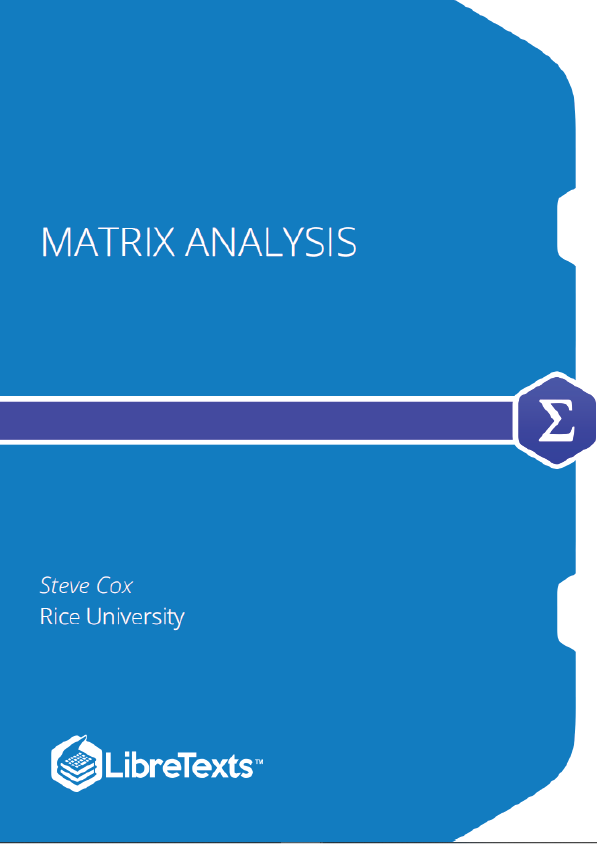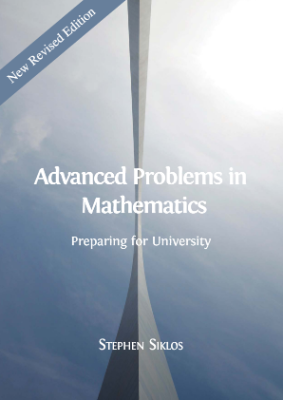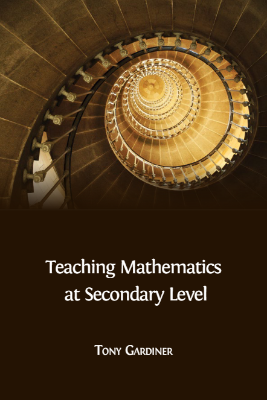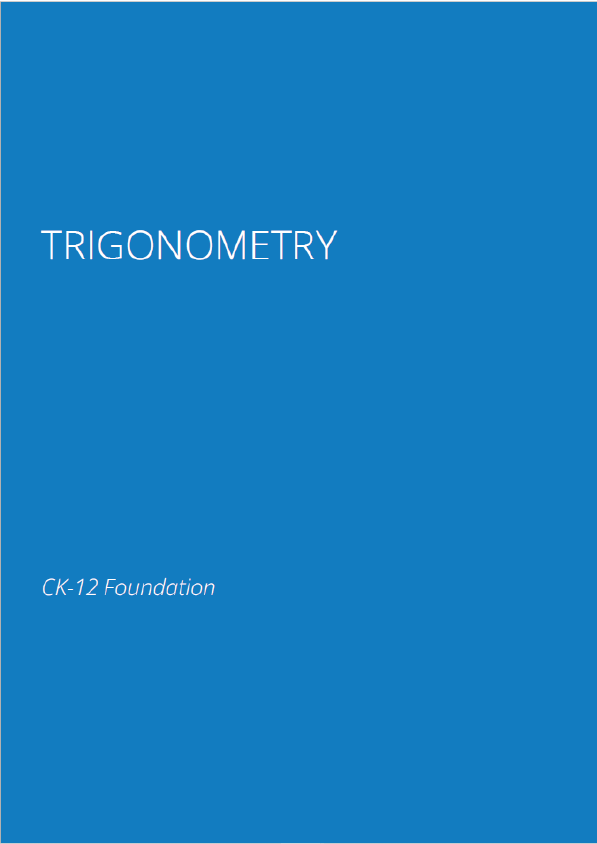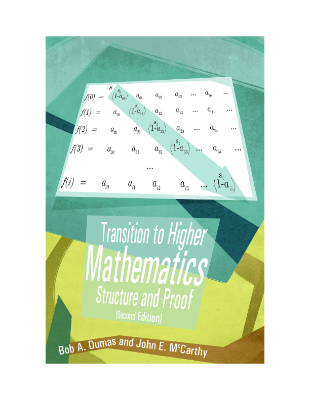Nerve Fibers and the Strang Quartet
We wish to confirm, by example, the prefatory claim that matrix algebra is a useful means of organizing (stating and solving) multivariable problems. In our first such example we investigate the response of a nerve fiber to a constant current stimulus. Ideally, a nerve fiber is simply a cylinder of radius aa and length that conducts electricity both along its length and across its lateral membrane. Though we shall, in subsequent chapters, delve more deeply into the biophysics, here, in our first outing, we shall stick to its purely resistive properties. The latter are expressed via two quantities:
This program is a bit more ambitious than the above in that it allows us to specify the number of compartments and that rather than just spewing the x and y values it plots them as a function of distance along the fiber. We note that, as expected, everything tapers off with distance from the source and that the axial current is significantly greater than the membrane, or leakage, current.
Introduction
We now investigate the mechanical prospection of tissue, an application extending techniques developed in the electrical analysis of a nerve cell. In this application, one applies traction to the edges of a square sample of planar tissue and seeks to identify, from measurement of the resulting deformation, regions of increased ‘hardness’ or ‘stiffness.’
A Small Planar Truss
We return once again to the biaxial testing problem, introduced in the uniaxial truss module. It turns out that singular matrices are typical in the biaxial testing problem. As our initial step into the world of such planar structures let us consider the simple truss in the figure of a simple swing.
The General Planar Truss
Let us now consider something that resembles the mechanical prospection problem introduced in the introduction to matrix methods to matrix methods for mechanical systems. In the figure below we offer a crude mechanical model of a planar tissue, say, e.g., an excised sample of the wall of a vein.
Supplements – Vector Space
Introduction You have long taken for granted the fact that the set of real numbers, , is closed under addition and multiplication, that each number has a unique additive inverse, and that the commutative, associative, and distributive laws were right as rain. The set , of complex numbers also enjoys each of these properties, as do the sets and of columns of n real and complex numbers, respectively.
Supplements – Subspaces
Subspace A subspace is a subset of a vector space that is itself a vector space. The simplest example is a line through the origin in the plane. For the line is definitely a subset and if we add any two vectors on the line we remain on the line and if we multiply any vector on the line by a scalar we remain on the line. The same could be said for a line or plane through the origin in 3 space. As we shall be travelling in spaces with many many dimensions it pays to have a general definition.
